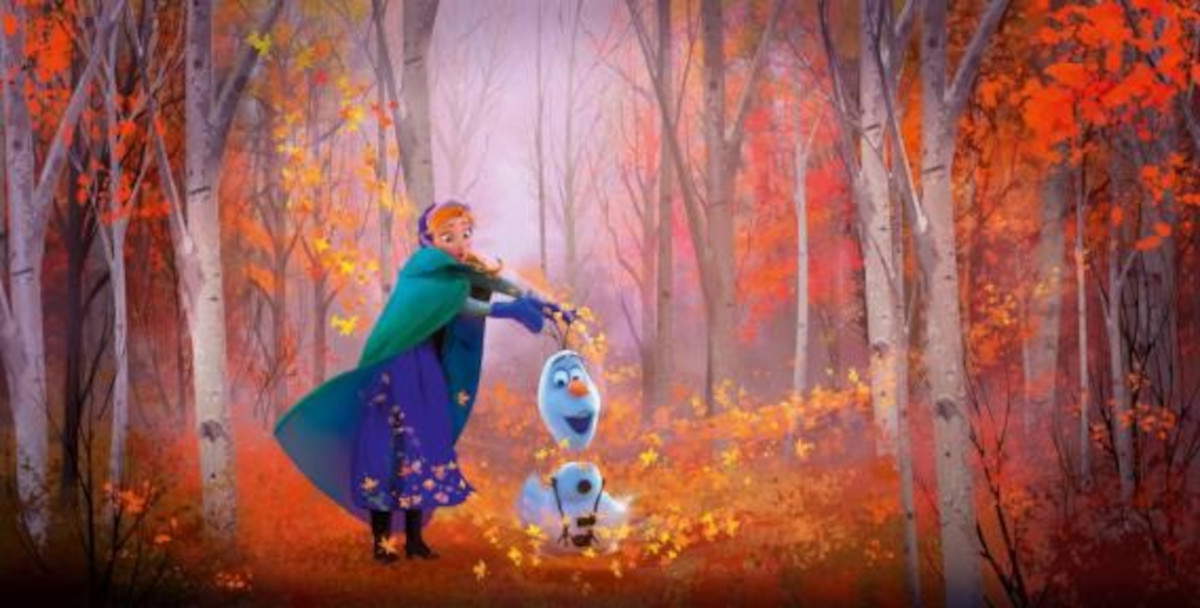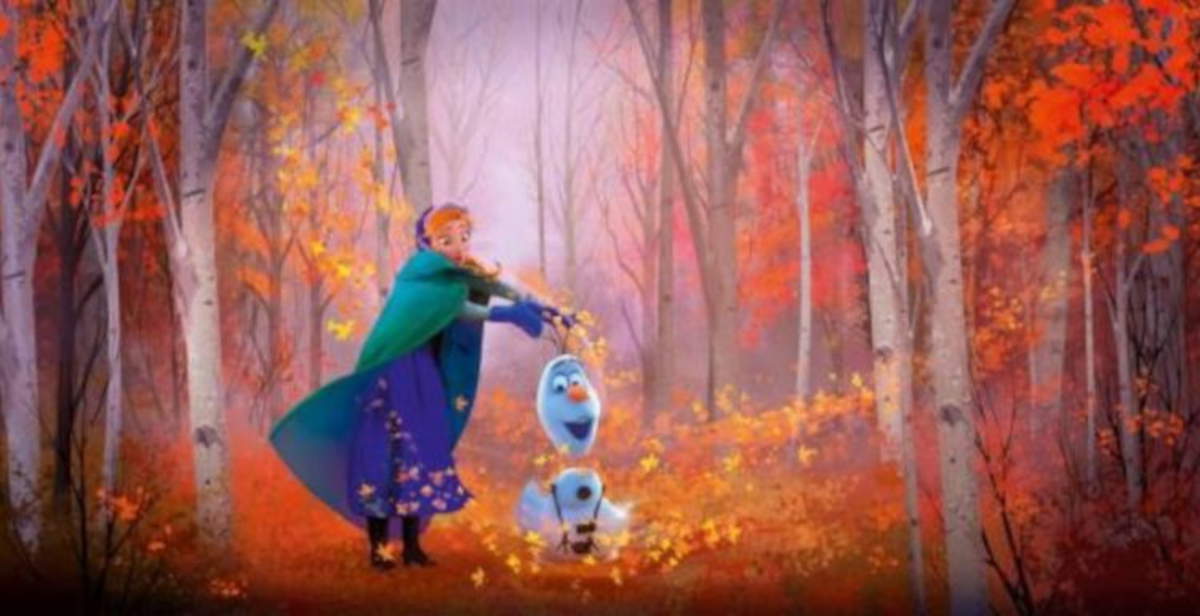Midjourney has filed its first official response to the lawsuit filed by Disney and Universal, disputing allegations of copyright infringement made by the two film majors. The U.S.-based startup, founded in 2022 and known for its generative artificial intelligence platform, denies most of the allegations in the complaint, admitting only objective and uncontested facts, such as the release dates of some movies and the existence of characters such as Darth Vader, Iron Man, Elsa and Shrek, and rejects the legal interpretations and qualifications provided by Disney and Universal.
The litigation stems from a complaint filed in June, in which Disney and Universal accused Midjourney of allowing users of the platform to produce nearly identical copies of their copyrighted characters. Midjourney, in its preliminary response, points out that the platform does not store specific works, but instead uses neural networks trained on billions of public images with textual descriptions to learn statistical correlations between language and visual concepts. In practice, the technology generates original images from instructions provided by users, without retrieving pre-existing content. The company then compares the process to human artistic learning, where observing many works leads to internalizing styles and patterns without directly copying individual creations.
Midjourney calls itself a research laboratory with the goal of developing tools that expand human creativity. The platform is used by tens of millions of people around the world, including employees and collaborators of the plaintiffs themselves. In its response to the lawsuit, Midjourney later cites examples of accolades won by images generated with its system: some have won awards, others have appeared on magazine covers, national advertising campaigns, and even as the basis for sets in Oscar-nominated films, such as Emilia Perez and The Brutalist. The startup also points out that the plaintiff companies, Disney and Universal, have benefited from the technology itself. According to Midjourney, numerous platform accounts are associated with Disney email domains and visual effects providers used by the plaintiffs, recalling how Disney CEO Bob Iger himself has called generative AI an “invaluable tool for artists.”

Midjourney’s defense identifies two main counts brought by the two companies. The first concerns the use of protected material totrain neural networks. Disney and Universal argue that the platform’s training of billions of images includes frames of their works, amounting to copyright infringement. Midjourney retorts that this is standard practice in the AI industry and falls under the principle of transformative fair use, already recognized in previous rulings such as Kadrey v. Meta Platforms and Bartz v. Anthropic PBC.
The second count concerns the generation and display of images depicting protected characters. According to the two companies, the creation of content that includes such characters constitutes infringement per se, attributing direct liability to Midjourney. The startup retorts that the platform is a creative tool in the hands of users, who are bound by the Terms of Service to respect the rights of third parties. The company also points out that there are numerous legitimate uses of characters, such as noncommercial fan art, creative experimentation, or social commentary, which the plaintiffs would aim to unfairly restrict. Midjourney then criticizes Universal and Disney for not following the DMCA notice and takedown procedure set forth in its Terms of Service, which would have allowed it to identify and remove any challenged content. Instead, Disney and the other companies have opted for broad legal action, making generalized accusations that could limit even legitimate user expression.
The dispute centers on the right of copyright holders to prevent the use of their works for training AI systems and to block any incorporation of protected elements into users’ creations, regardless of context or purpose. Midjourney recalls historical principles of U.S. copyright law, recalling how the author has always had to contend with freedom of expression and technological progress. He cites the case Sony Corp. of Am. v. Universal City Studios, Inc., 464 U.S. 417, 431 fn. 12 (1984), in which the limited use of protected works was considered functional in stimulating creativity for the benefit of the public.
In his pointed response to the complaint, Midjourney proceeds paragraph by paragraph disputing many of the allegations. It admits only objective facts, such as release dates and well-known characters, while consistently denying interpretations and qualifications provided by the plaintiffs, such as Midjourney’s characterization as a distribution machine for unauthorized copies. The legal debate between Disney and Universal companies and AI platforms reflects a growing tension in the technology and creative industries between copyright protection and freedom to use innovative tools for artistic production. Midjourney’s response thus outlines a framework in which the platform is configured as a neutral tool whose main function is to generate original images through statistical learning, rather than to copy existing works.
 |
| Midjourney disputes allegations of copyright infringement by Disney and Universal |
Warning: the translation into English of the original Italian article was created using automatic tools. We undertake to review all articles, but we do not guarantee the total absence of inaccuracies in the translation due to the program. You can find the original by clicking on the ITA button. If you find any mistake,please contact us.